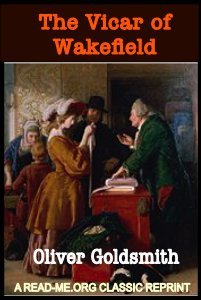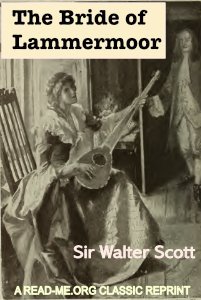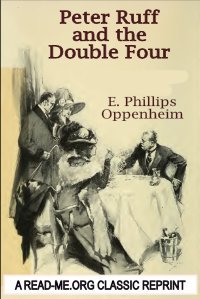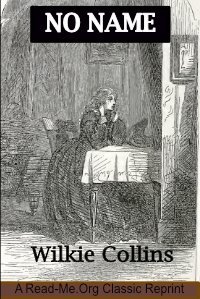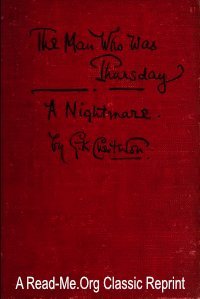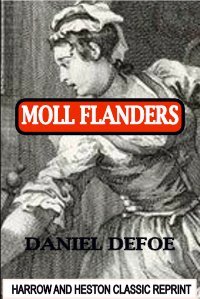By Julie Otsuka
Winner of the Pen Faulkner Award for Fiction 2012. National Book Award Finalist 2011. From the cover. Between the wars a group of young, non-English-speaking Japanese women travelled by boat to America. They were picture brides, clutching photos of husbands-to-be whom they had yet to meet. Julie Otsuka tells their extraordinary, heartrending story in this spellbinding and poetic account
of strangers lost and alone in a new and deeply foreign land. “Harrowing. Otsuka tells a powerful, affecting story that ensures a largely forgotten voice is heard once more.” Scotsman. ‘Poignant, fascinating and tragic’ Easy Living
NY. Penguin. 2011. 130p.










